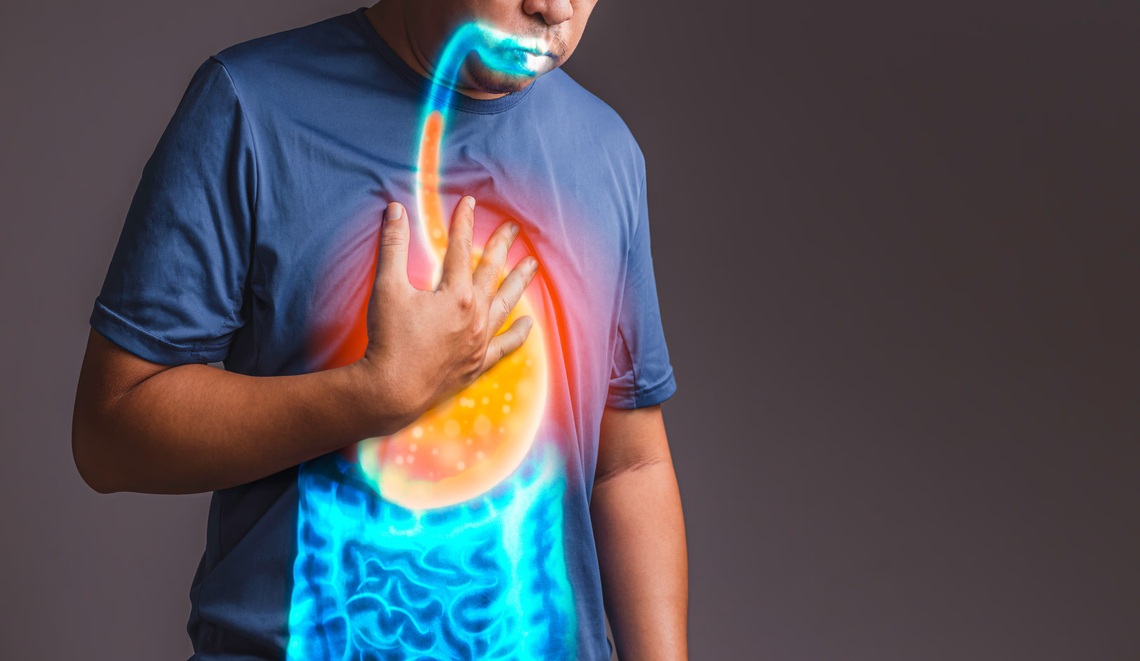

Could one simple scan be the key to diagnosing stomach problems better—and improving lives?
For many Houston doctors, it seems to be. Gastric emptying scans are now a common tool for finding gastroparesis sooner and with better accuracy. This helps patients get answers faster and begin the right treatment earlier, making care not only more quick but also easier on patients.
About 5 million Americans suffer from gastroparesis, but nearly 60% of cases are either overlooked or misdiagnosed. Because of this, many people endure symptoms—like constant nausea, bloating, early fullness and unexplained weight loss—for months or even years without answers. The management of this illness depends on early discovery. Thankfully, stomach emptying scans are now being used by Houston doctors to identify it more quickly, allowing patients to start feeling better sooner.
Gastroparesis - what some people call a 'lazy stomach' - happens when your stomach muscles don't contract properly. Instead of moving food along like it should, slowing or stopping food from passing into the intestines. It's not really a disease itself, but more like a problem that often comes along with diabetes, certain surgeries, nerve damage or even some medications. Patients frequently experience:
And it’s not just the physical symptoms—gastroparesis can take a serious toll on mental health, make daily activities harder and even take away the simple joy of eating. Hence, many clinics now offer Gastroparesis tests in Houston to help diagnose the condition faster and start proper treatment sooner.
To put it simply, a gastric emptying scan illustrates how quickly food leaves the stomach. What occurs is as follows:
Due to its non-invasive, quantitative and highly reproducible nature, this scan has become the gold standard for diagnosing gastroparesis worldwide—and Houston is no exception.
Traditional approaches, such as observing symptoms, doing an endoscopy or trying different medications might postpone conclusive results for months. In contrast, a stomach emptying scan may provide a diagnosis within a day and occasionally even sooner.
Unlike subjective symptom reports, scan results are based on hard numbers. This means fewer misdiagnoses and more targeted care.
Getting the right diagnosis changes everything. Instead of simply speculating, physicians may actively address the issue, whether that involves injections, particular food modifications, a gastric pacemaker or drugs to stimulate the muscles in your stomach. It's all about using actual test findings to guide your treatment, rather than merely throwing solutions against the wall to see what sticks.
Patients appreciate clarity. Fast, reliable results help reduce anxiety and hurry the shift from uncertainty to action.
Read full article: Tech & Apps for Effective Gastroparesis Management
Houston’s medical institutions are pushing research into:
These scans are useful in both medical care and research because recent studies show they not only help with diagnosis but may also predict how a patient will respond to certain drugs or surgery.
Full article: Navigating Social Life with Gastroparesis
Houston’s embrace of gastric emptying scans isn’t just a tech upgrade—it’s a paradigm shift:
For people affected by gastroparesis—patients, families, researchers, and clinicians—these scans provide useful answers, clearer insight and progress in treatment.
If you’re passionate about advancing medicine or shaping the next wave of discovery, take a step today: To learn more—or get involved—visit Biopharma Informatic. If you’re interested in helping advance medicine, explore volunteering options with Biopharma Informatic.
Thinking about starting a career in clinical research? Learn more about e-learning programs at Biopharma Institute. Together, with the power of science—and the promise of innovative diagnostics—we can make sure no one waits another day for answers.